Have you ever wondered what the most expensive IT asset management mistakes you have made is?
One of the biggest challenges faced by modern companies is proper IT asset management. They may lose track of their hardware and accessories, overlook mandatory software maintenance, purchase duplicates, acquire inefficient assets, extract minimum value from current assets, and open themselves up to security risks and failed audits. Companies and departments do not mean to overlook or neglect these elements; the endeavor is large and often overwhelming. Managers may not understand all the aspects of ITAM and know how to avoid typical IT asset management mistakes. Or, they may be caught up in other essential domains. Unfortunately, it ends up costing them a significant amount of money in the long run.
There are three specific ways that companies lose the most money when it comes to their IT assets. Follow along with this article to learn how to identify and solve them.
Expensive IT Asset Management Mistakes #1: Focus on Point Solutions
Many businesses recognize when they are experiencing problems in a particular department or domain. They may adopt point solutions in order to solve those issues, without realizing they are unlikely to be completely isolated.
Imagine an IT department realizing they frequently do not have hardware available for new employees. In a hurry to ensure their team can receive computers, keyboards, mice and headphones promptly, they may integrate booking software. It solves the immediate problem.
However, a month or so down the line, management realizes that equipment still is not available. It turns out the problem also involved employees not keeping track of who had the equipment and when they returned it, or where the equipment was and currently is. Likewise, the company did not have reliable data about usage. Consequently, they could not make smart purchase decisions about the amount of equipment necessary to support their team. The problem was actually much bigger than they originally thought.
A point solution focuses on solving one IT asset problem, which is excellent if a company truly only has one problem. However, it is rarely the case. Thankfully, companies may not need to know every issue in order to find solutions. Comprehensive asset management software offers a centralized view of all asset usage and value. It is more helpful to companies experiencing issues, as it can help keep them organized and informed. It can also help them realize what they are missing, and where their problems stem from.
Expensive IT Asset Management Mistakes #2: Using Manual Labor
Businesses entrust complicated tasks to their skilled workers. Historically, this is the way it has always been done. However, they may not know that this can be less efficient, less accurate, and more expensive than taking advantage of advanced technology.
There are many assets that should be taken into account with ITAM. Hardware, accessories, consumables, software, software licenses, applications, and services all make the list. Likewise, each of these assets has its own set of processes that need to be tracked, updated, and monitored. Needless to say, it is incredibly labor intensive.
Yet, that labor is necessary if companies are not aware of ITAM tools. If they do not have employees performing these tasks, they will neglect maintenance, updates, renewals, and repairs. They will suffer monetary losses, make poor decisions and open themselves up to expensive fines.
Unfortunately, they will need a team purely dedicated to these tasks. They will need to be professionally trained in IT management, or they will likely make mistakes or overlook important data.
Naturally, this is expensive all on its own. It also comes with its own set of inefficiencies. Namely:
- Repetitive, manual tasks performed by experts are a waste of time, energy, and resources.
- Employees need to double check their work or quickly recognize mistakes.
- Employees must be able to successfully identify risks, unnecessary spending, unauthorized users, misused software, past-due updates, unused software licenses, aging hardware and accessories, amongst other potential problems.
- Employees must be able to root out areas that require or could benefit from optimization, such as cloud infrastructure spending, asset booking, maintenance planning, automated authorized user removals, etc.
- Expertise may be better spent solving issues, pushing company growth, or offering innovation.
Alternatively, ITAM software can take out the heavy labor and high expenses. Furthermore, advanced software is less likely to make a mistake, and more likely to point out any inaccuracies or inconsistencies within data. Companies can hire less professionals to monitor IT asset processes, and spend more time solving, optimizing, and innovating.
Expensive IT Asset Management Mistake #3: Failing to Collect and Use Insightful Data
Management may be well-accustomed to assessing all relevant information in order to make pivotal decisions. However, when it comes to their IT assets, they may be missing out on crucial data. This mistake is even more likely if they do manual inventory and management, or use multiple types of software to control and track the assets. Unfortunately, the oversights may mean they are losing a significant amount of money maintaining their current hardware and software, or purchasing new assets.
It is challenging to collect relevant data when using manual methods. Professionals may simply overlook certain information as important, fail to log and update the data over time, or neglect to pull the data when it could be helpful to a decision-making process. Problems with certain assets or asset classes may not even be obvious if they are tracked using several different platforms. It can be hard to put two and two together and catch those issues.
There are ITAM tools that can help you avoid costly IT asset management mistakes. They could single-handedly handle asset inventory, updates, tracking, and report generation. IT departments can easily recognize when something isn’t adding up, serving the company, or living up to its value. Additionally, businesses can quickly take advantage of insights to make better choices about current asset disposal or renewal, future asset acquisitions, or asset usage. Additional benefits of one, efficient system are that companies spend less money on acquiring and managing multiple platforms. Their staff can also allocate their energy to using and monitoring one platform, making it easier to capture problems and optimize processes.
Stop Making These Mistakes
DevSamurai’s AssetIT ensures IT departments and experts have access to all the inventory and management tools they need for their asset libraries. Ready to save time, energy, and money? Download AssetIT today, for free!
This Ebook provides a comprehensive overview of ITAM, its benefits, and common challenges faced by organizations. We will also explore how to implement ITAM using Jira, a popular project management tool, and best practices for managing IT assets.




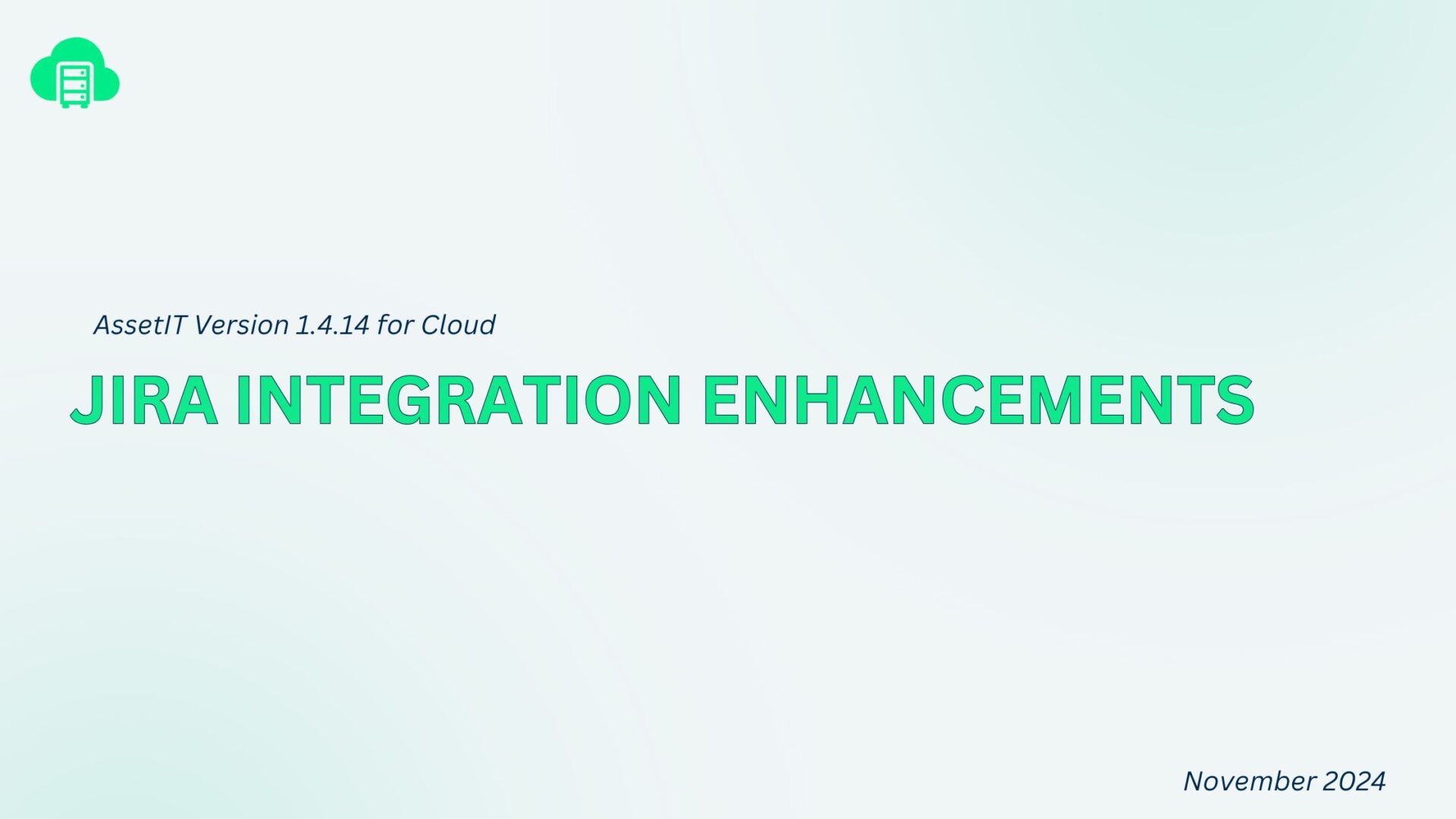
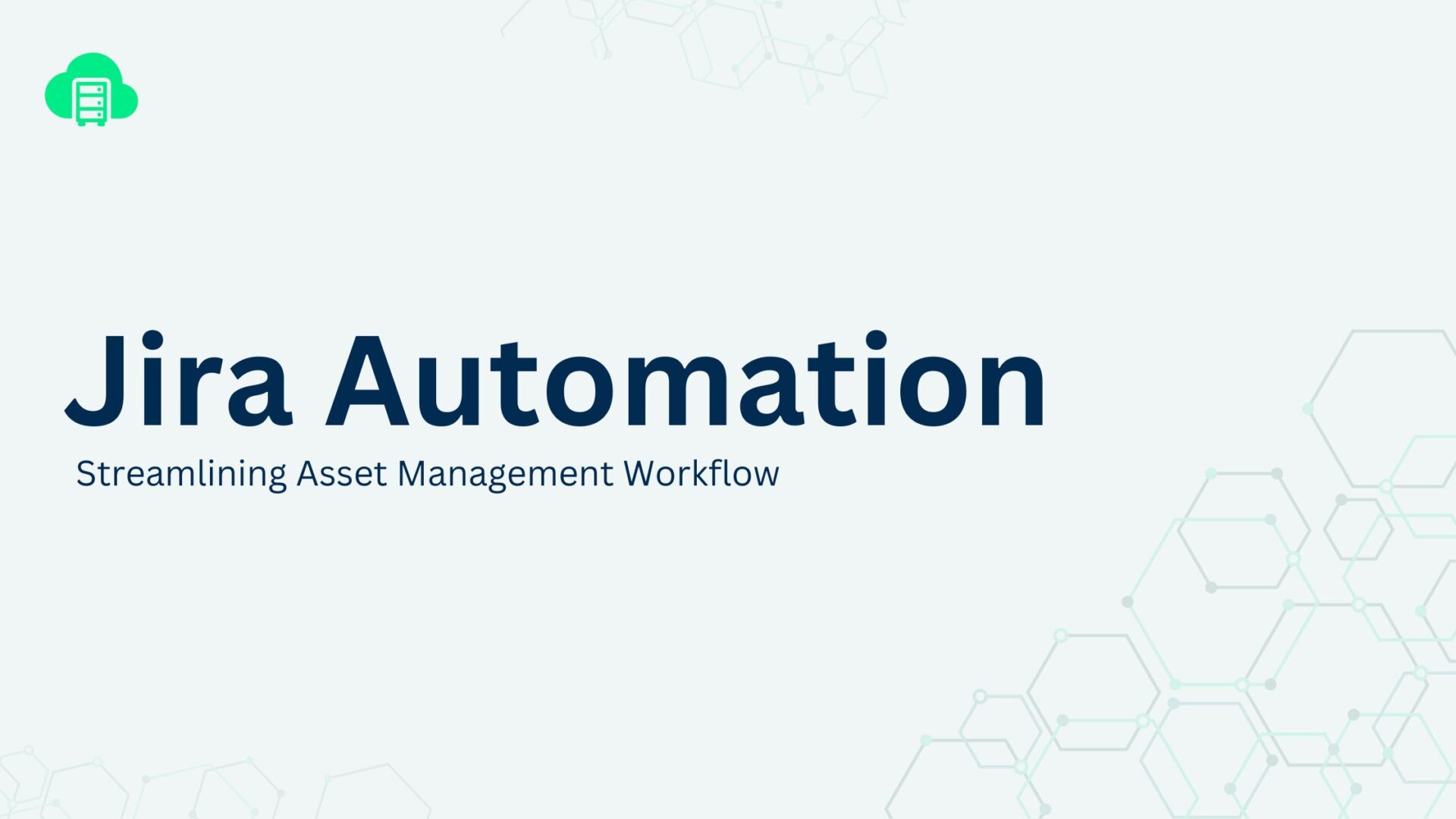
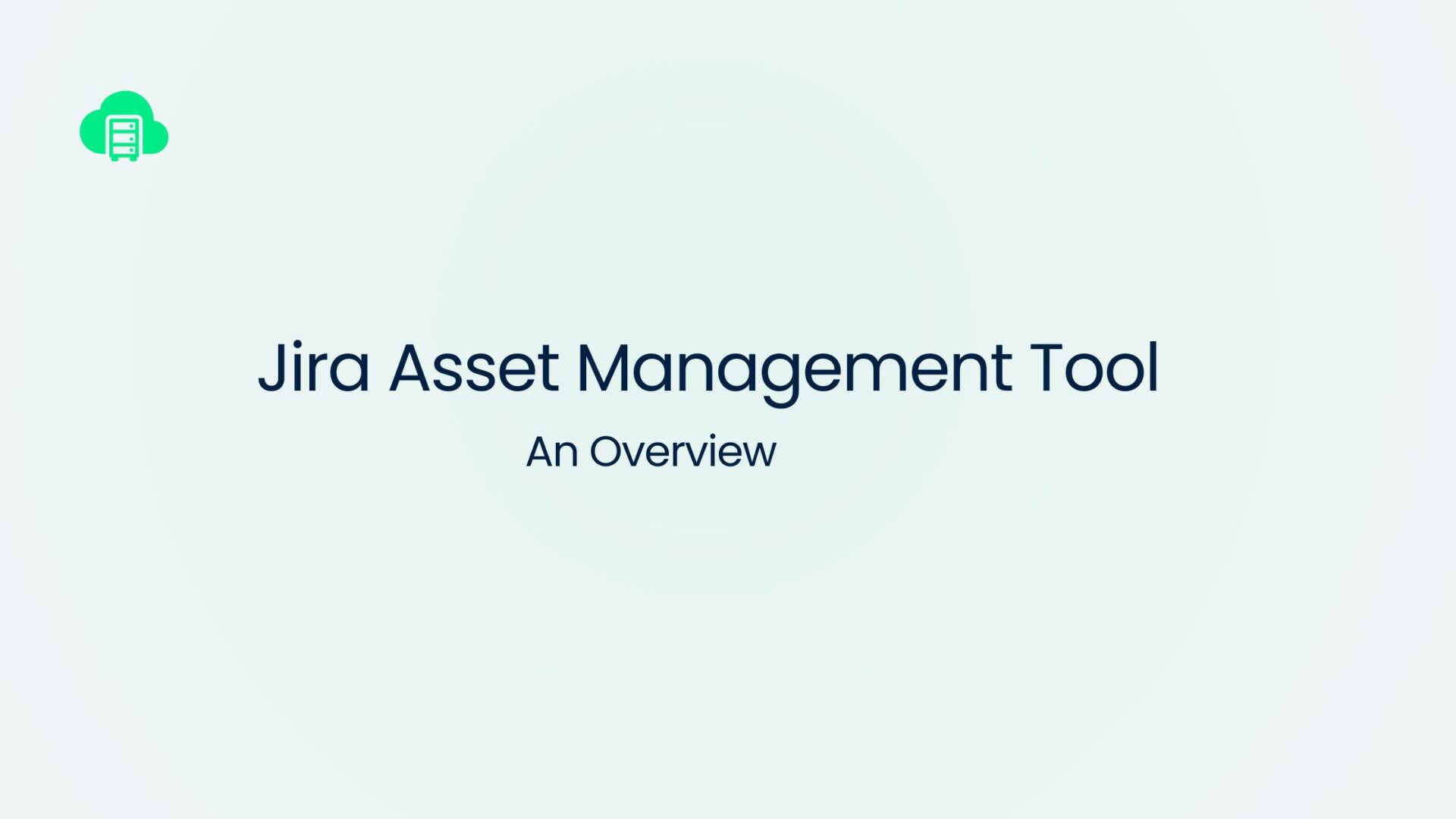

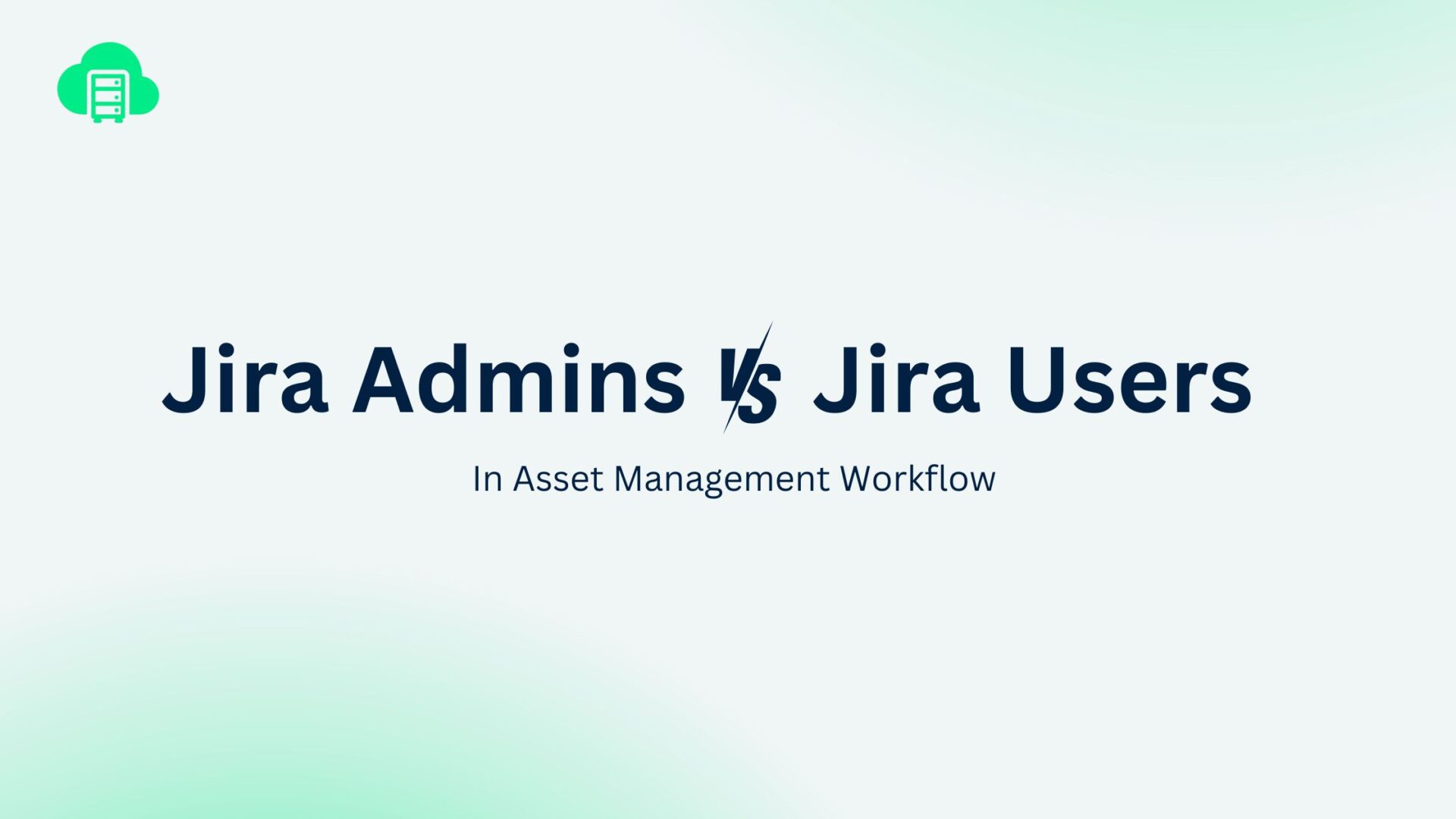
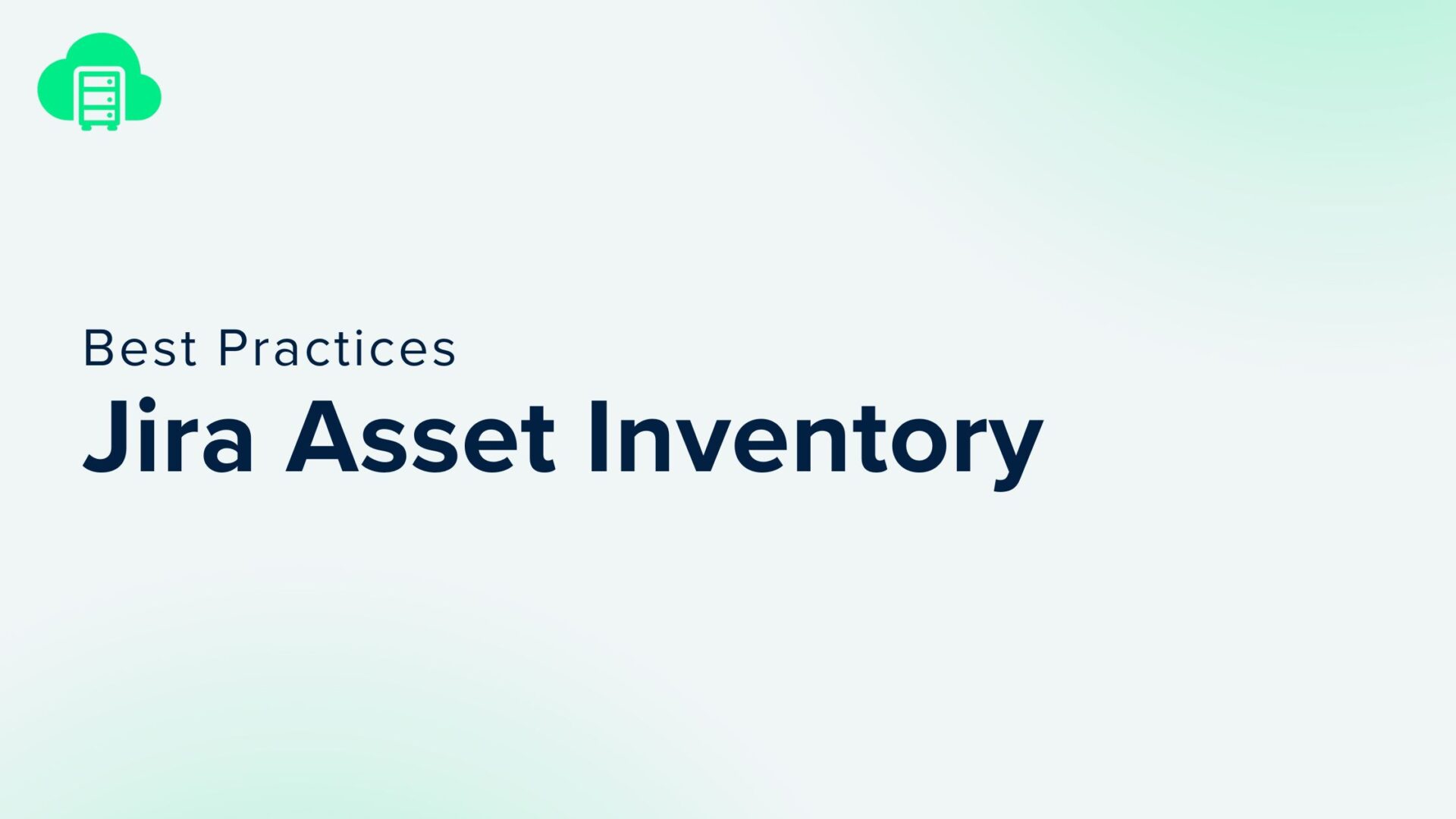
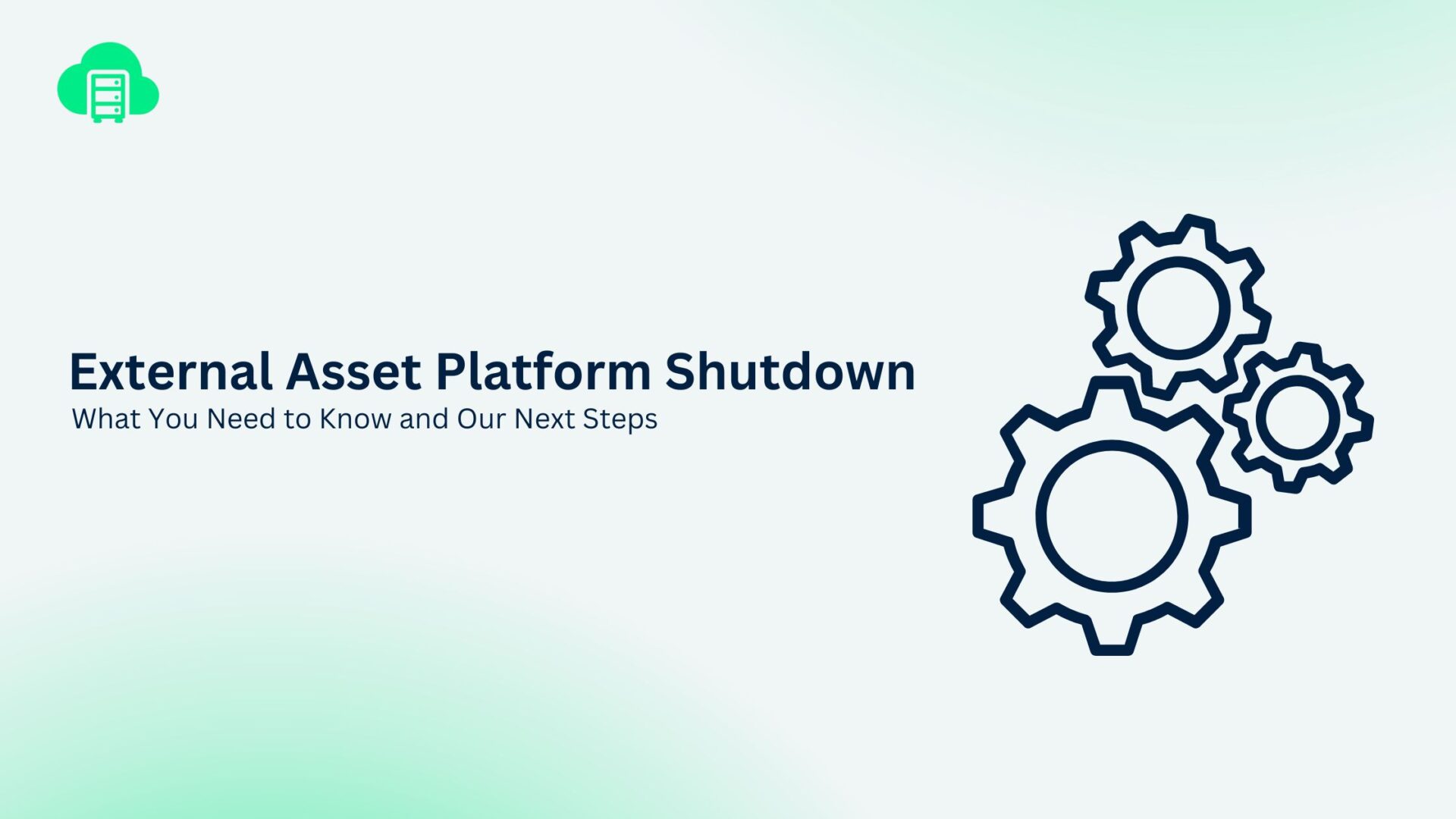
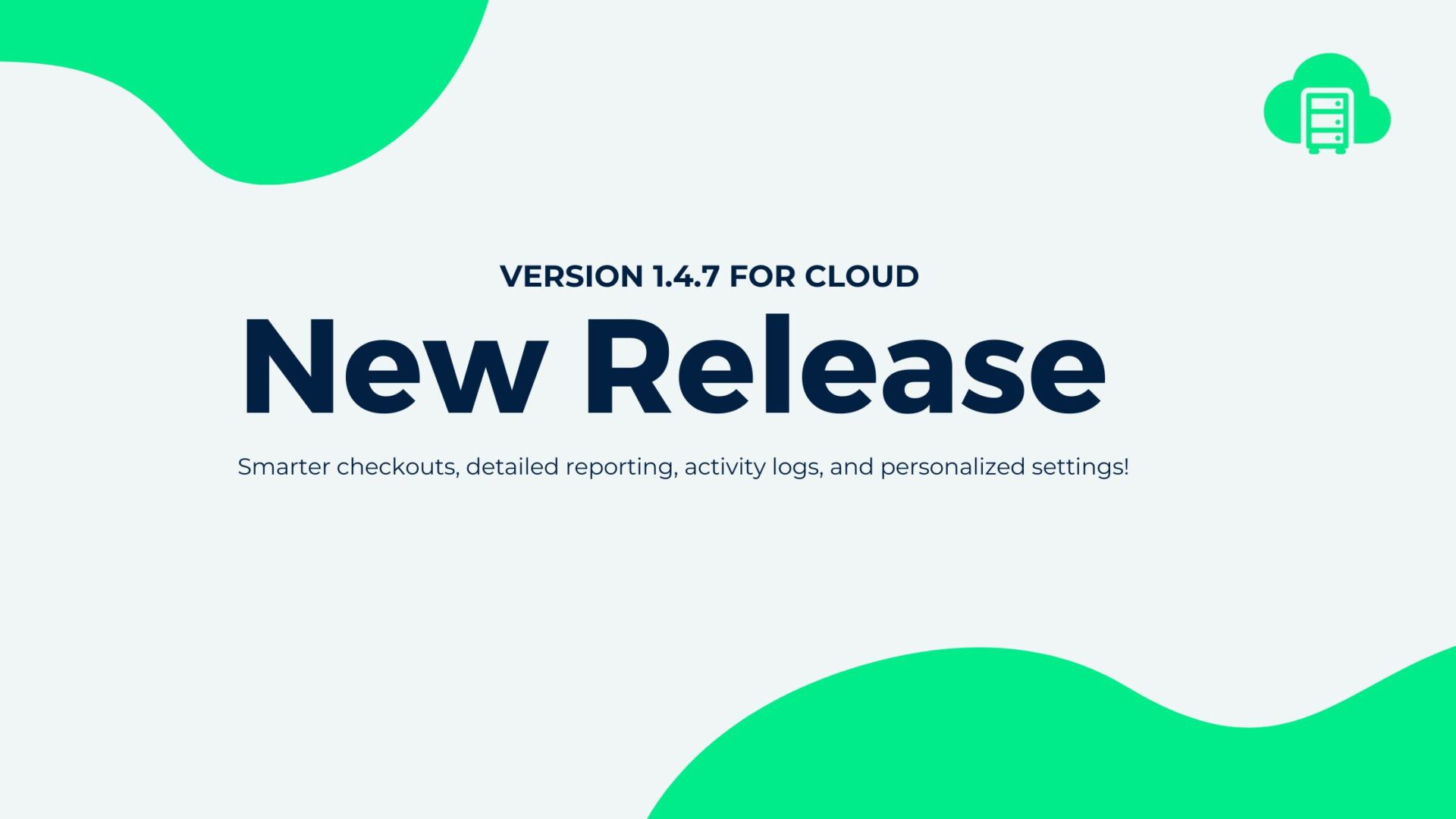
Recent Comments